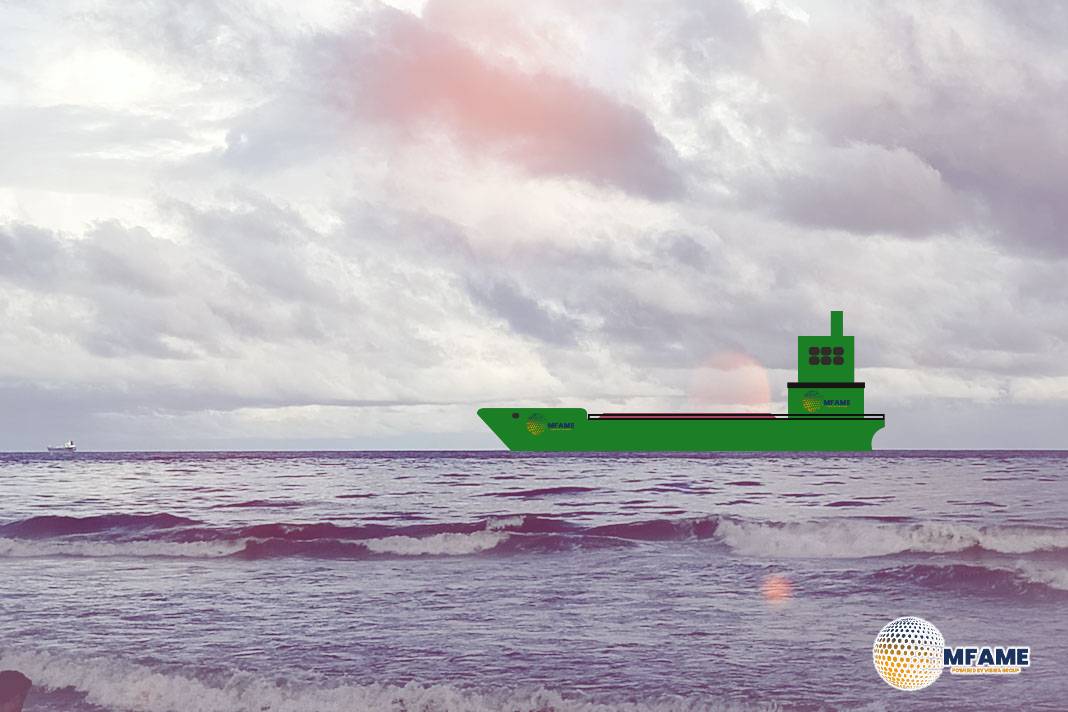- Dutch cargo vessel MINERVAGRACHT hit by a missile, two crew injured.
- Vessel attacked twice in a week, no Israeli links confirmed.
- Houthi forces release 27-member crew of LPG tanker CLIPPER.
Despite the Houthis’ repeated claims about maritime safety, the Southern Red Sea, Gulf of Aden, and Arabian Sea continue to be some of the most dangerous waters in the world. Incidents involving missile strikes, hostage situations, and piracy highlight the ongoing threats faced by vessel operators and global supply chains, reports Dryad Global.
Missile Strike on Dutch Cargo Vessel
On September 29, 2025, the Netherlands-flagged M/V MINERVAGRACHT was hit by a missile while navigating the Gulf of Aden, roughly 128 nautical miles southeast of Aden. The strike caused a fire and injured two crew members, who were subsequently rescued by French and Greek naval forces. Local reports suggest that the ship was sinking during the rescue operation.
This was the second attack on the vessel in under a week, following a close call on September 23. The Joint Maritime Information Centre confirmed that the ship had no ties to Israel, which has become a focal point of concern amid rising regional tensions.
Hostage Crew Released from LPG Tanker
On September 27, Houthi forces freed the 27-member crew of the LPG tanker CLIPPER (formerly known as EAGLE PRIDE), who had been held captive since September 17 after Israeli airstrikes on Ras Isa port triggered an LPG explosion onboard. The crew, primarily made up of Pakistani nationals, had endured shortages of food, water, and firefighting resources. Authorities in Pakistan confirmed their safe release from Yemeni waters.
Piracy Concerns Persist
On September 22, the Liberia-flagged bulk carrier M/V OCEAN KNIGHT reported being chased by several skiffs in the Arabian Sea. The crew took refuge in the citadel, and the skiffs eventually dispersed without any incident. This situation highlights the ongoing threat of opportunistic piracy east of the Gulf of Aden.
Cyber and Hybrid Risks on the Rise
We’re seeing physical threats merging with increasing cyber risks:
- CISA has reported a breach at a U.S. federal agency due to a flaw in GeoServer.
- Groups linked to Iran have kicked off new malware campaigns across Europe.
- Trojan malware is making its rounds through fake Google Ads for TradingView Premium.
- Cisco zero-day exploits are now targeting firewall and IOS systems.
- Spoofed distress calls are making global search-and-rescue efforts more complicated.
These incidents highlight the urgent need to weave cyber defence into broader maritime security strategies.
Global Security Flashpoints
Looking beyond the Red Sea, several global flashpoints are influencing maritime risk:
- The French Navy recently seized 10 tonnes of cocaine off the coast of West Africa.
- A smuggling scandal has been uncovered at Greece’s Piraeus port.
- U.S. intelligence is raising alarms about China’s preparations for a potential invasion of
- Taiwan, with new XXL-class uncrewed submarines being deployed.
- A U.S. guided-missile submarine made a rare port call in the Philippines.
- A drone strike on a Russian oil refinery and the increase in migrant crossings in the Channel reflect a broader volatility.
Key Takeaways
- Maritime security in the Red Sea and the Gulf of Aden is crucial, especially with ongoing missile and piracy threats.
- The safety of crews hinges on swift intelligence and effective naval coordination.
- Cybersecurity has become a fundamental challenge in maritime operations, necessitating proactive defences across vessels and ports.
- Wider geopolitical shifts, from China’s naval ambitions to organised crime, are further amplifying maritime risk exposure.
Did you subscribe to our daily Newsletter?
It’s Free Click here to Subscribe!
Source: Dryad Global
















